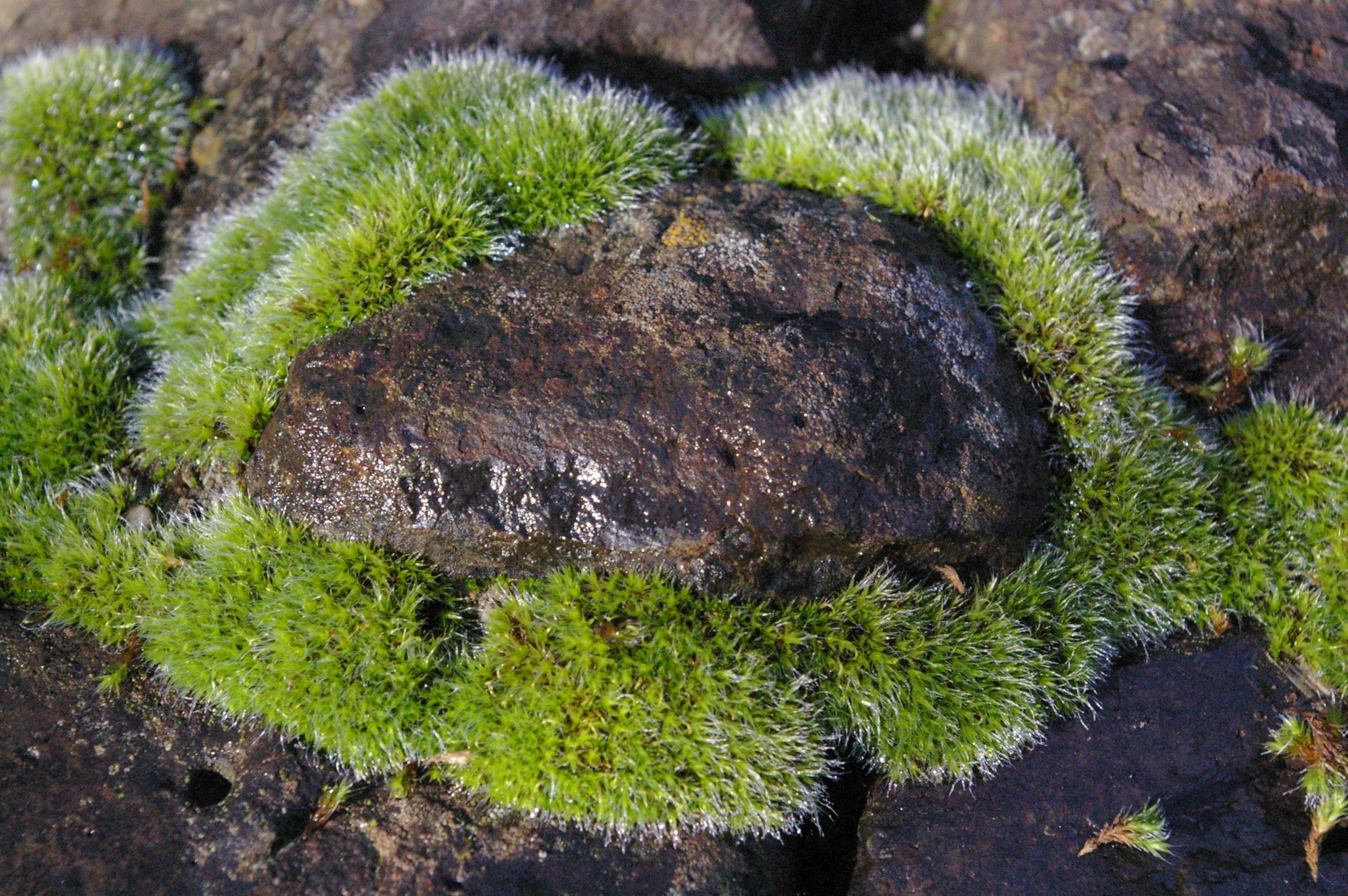
5abe9b050e9c4493c18e432371e55dc8.jpg from: https://www.pinterest.com/pin/370561875564254939/
Discovering the Wonders of Dawsonia papuana: The Giant Moss of New Guinea
Introduction
Deep in the misty forests of New Guinea grows a remarkable plant – Dawsonia papuana F.Muell. ex Geh., a species of moss in the Polytrichaceae family. Commonly known as Dawsonia, this moss is truly a sight to behold, with its towering stems and lush green leaves. In this blog post, we’ll take a closer look at this fascinating bryophyte and explore what makes it so special.
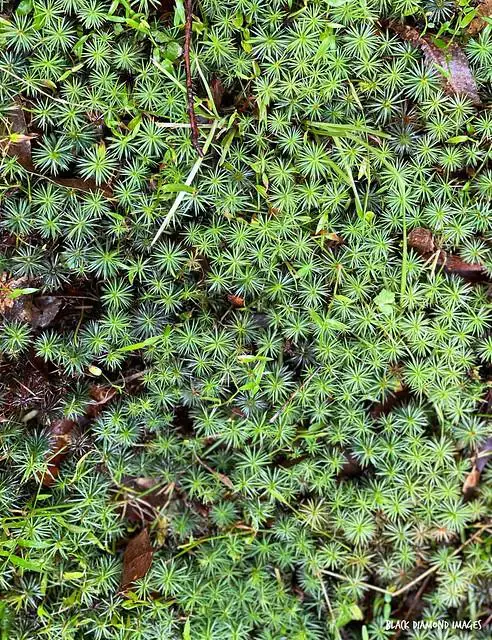
50991662742_32dbbd3f1c_z.jpg from: https://flickriver.com/photos/blackdiamondimages/50991662742/
Background on Mosses
Before diving into the details of Dawsonia papuana, let’s briefly review what mosses are. Mosses are small, non-vascular plants in the division

13161524474_b1ea5155af.jpg from: https://www.flickr.com/photos/72793939@N00/13161524474/
Bryophyta. They lack true roots, stems, and leaves, instead having structures that serve similar functions. Mosses play important ecological roles, helping to retain moisture, prevent erosion, and provide habitat for tiny organisms.
Morphology and Identification
What sets Dawsonia papuana apart is its impressive size. This moss can grow up to 48 cm tall, making it one of the largest mosses in the world! The stiff, wiry stems are covered in lance-shaped leaves arranged in neat spirals. Unique features that aid in identification include:
- Leaves with toothed margins and a strong midrib
- Reddish-brown, scaly rhizoids at the base
- Spore capsules borne on tall stalks called setae
Global Distribution and Habitat
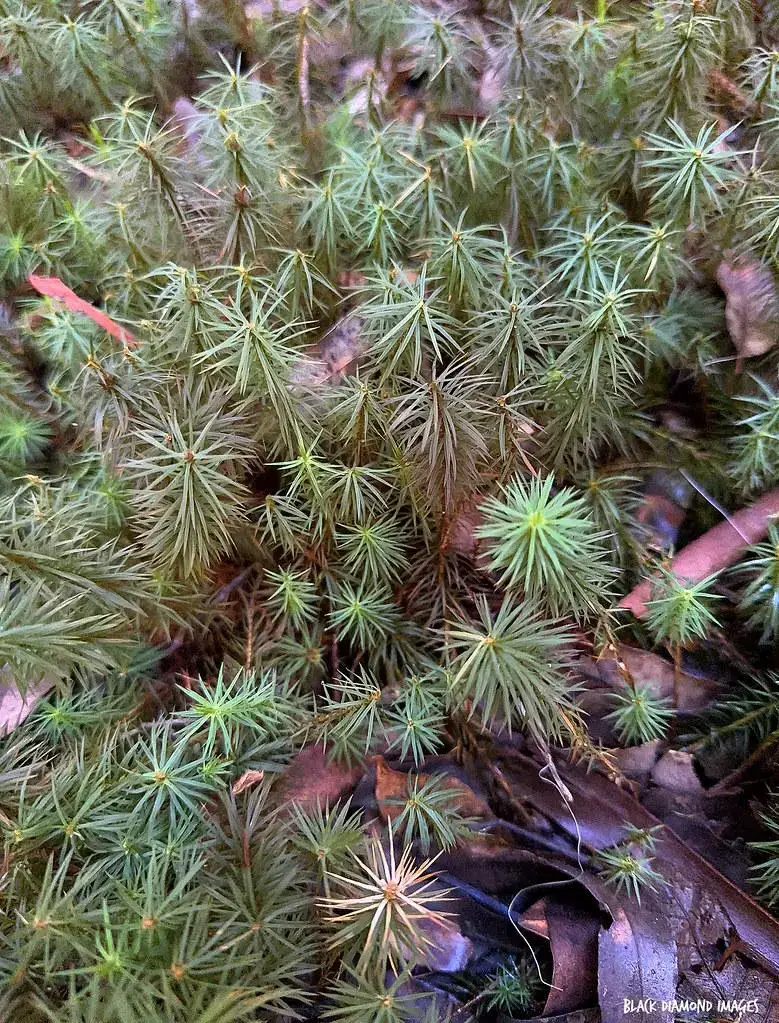
52888348967_473813663d_b.jpg from: https://www.flickr.com/photos/blackdiamondimages/52888348967/
D. papuana is native to the island of
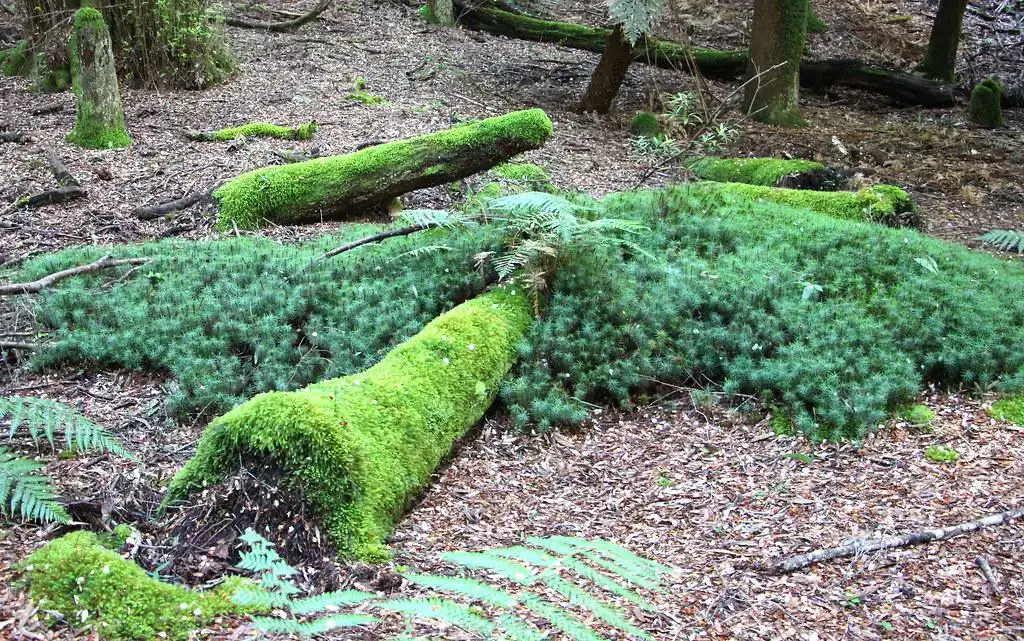
26080645681_3870c74b29_b.jpg from: https://www.flickr.com/photos/17674930@N07/26080645681/
New Guinea, which is divided between the countries of Papua New Guinea and Indonesia. There, it grows in montane rainforests at elevations of
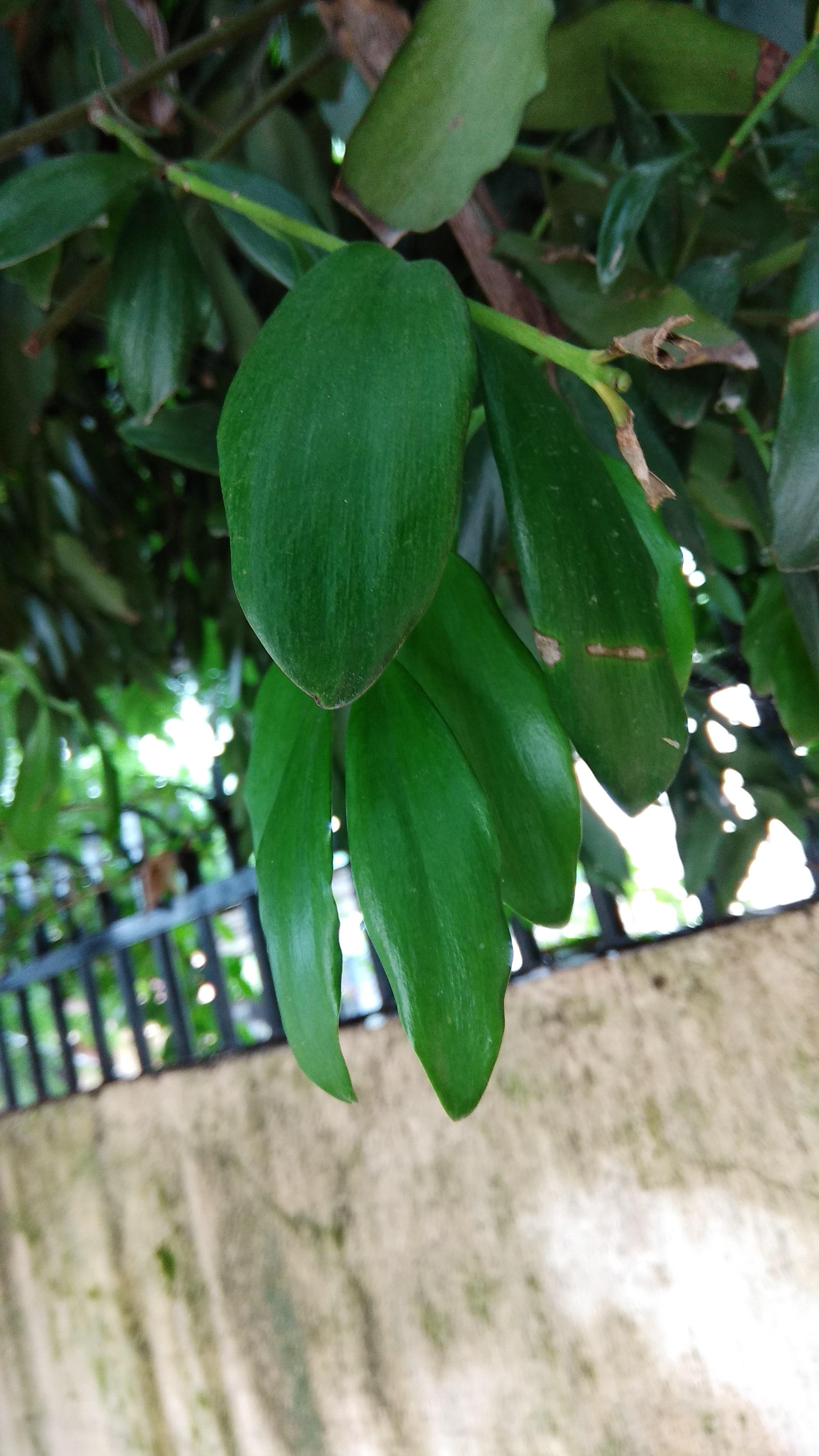
393.jpg from: https://indiabiodiversity.org/observation/show/1749390
1200-3500 meters. The cool, wet climate and filtered sunlight under the forest canopy provide ideal conditions for this moss to thrive.
Ecological Roles and Adaptations
In its forest habitat, Dawsonia plays several key roles:
- Helps to trap and retain moisture
- Prevents soil erosion on steep slopes
- Provides shelter for invertebrates and microorganisms
- Serves as a substrate for epiphytic plants
To succeed in this environment, D. papuana has evolved some remarkable adaptations:
- Thick, water-absorbing leaves
- Rhizoids that anchor it to the substrate
- Tolerance of low-nutrient soils
- Ability to reproduce via spores and fragmentation
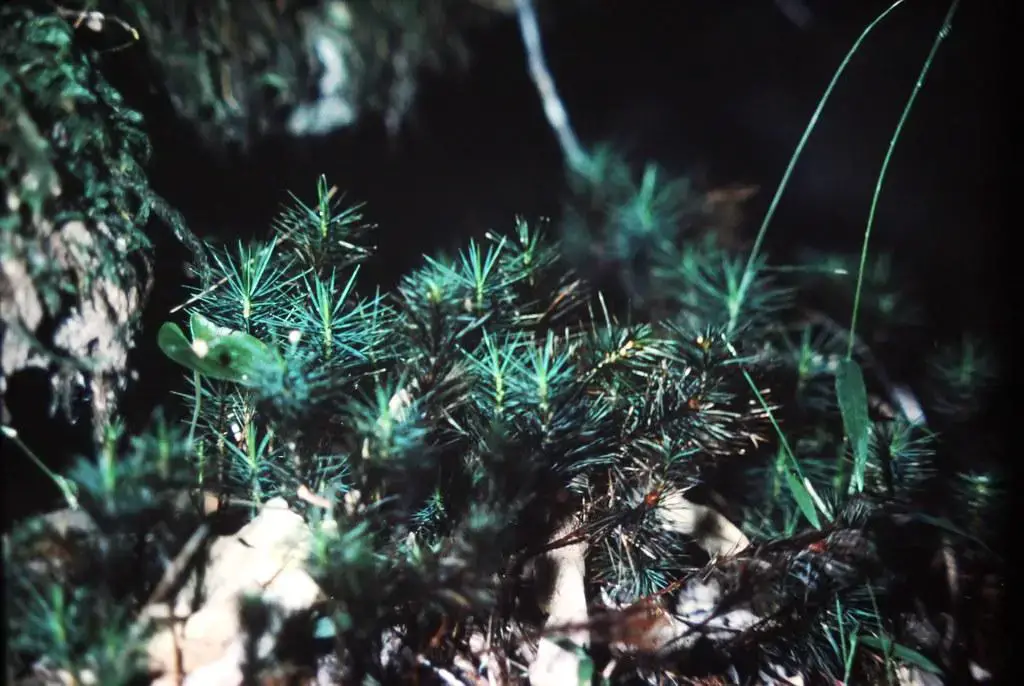
8521665085_fe33dab339_b.jpg from: https://www.flickr.com/photos/arthur_chapman/8521665085/

5820354450_f41e68e3d8.jpg from: https://www.flickr.com/photos/nzwild/5820354450
| Characteristic | Description |
|---|---|
| Height | Up to 48 cm tall |
| Leaves | Lance-shaped with toothed margins |
| Rhizoids | Reddish-brown, scaly |
| Spore Capsules | Borne on tall setae |
| Habitat | Montane rainforests of New Guinea |
| Elevation Range | 1200-3500 meters |
Conclusion
Dawsonia papuana is a true wonder of the plant kingdom, a moss that pushes the boundaries of what we expect from these tiny, primitive plants. Its towering size and unique adaptations make it well-suited to the rugged forests of New Guinea.
So the next time you see a patch of moss, take a closer look – you never know what marvels of nature might be hiding in plain sight! Have you ever encountered any giant mosses in your adventures? Let us know in the comments below.
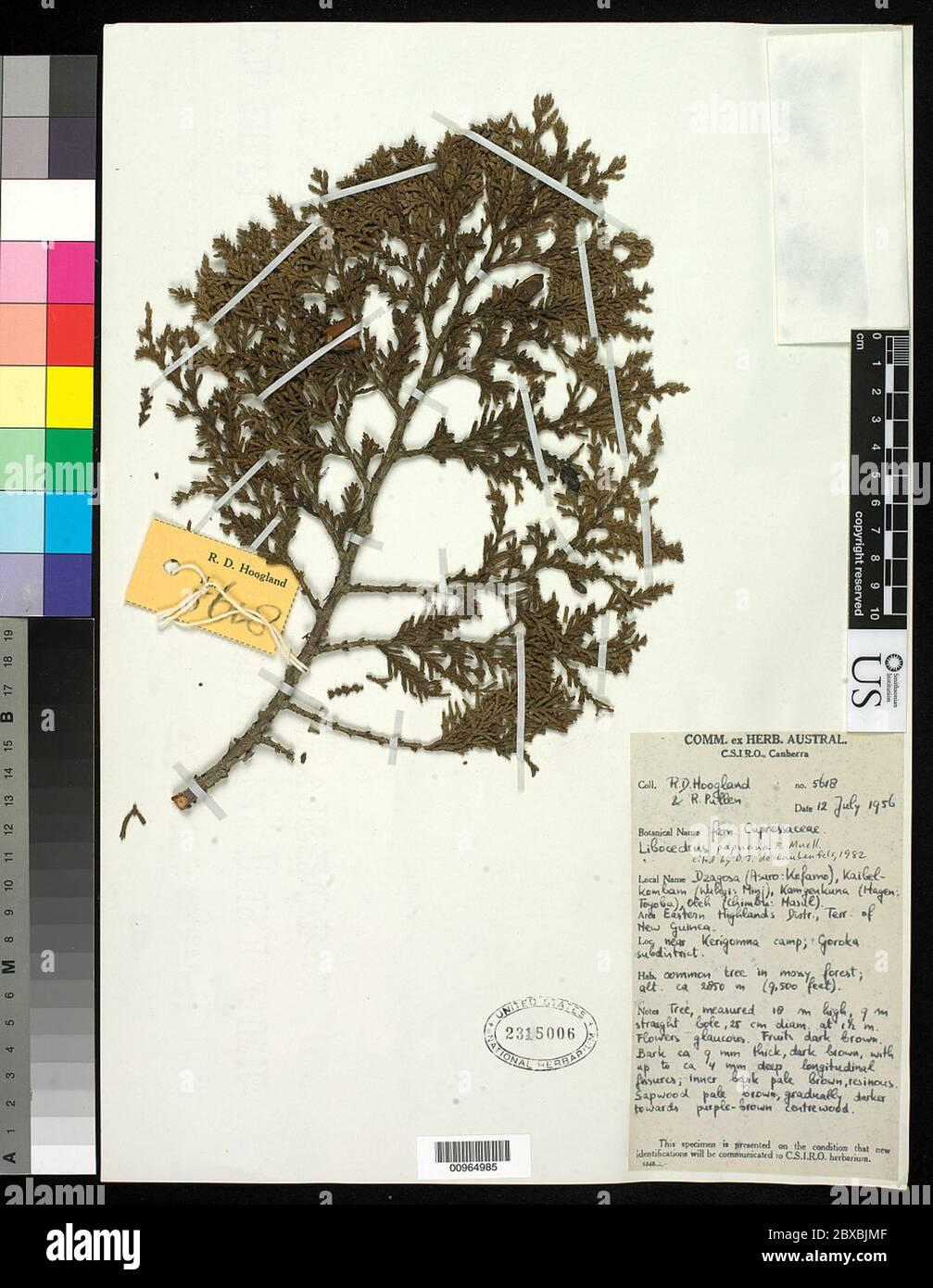
libocedrus-papuana-f-muell-libocedrus-papuana-f-muell-2BXBJMF.jpg from: https://www.alamy.com/libocedrus-papuana-f-muell-libocedrus-papuana-f-muell-image360444575.html
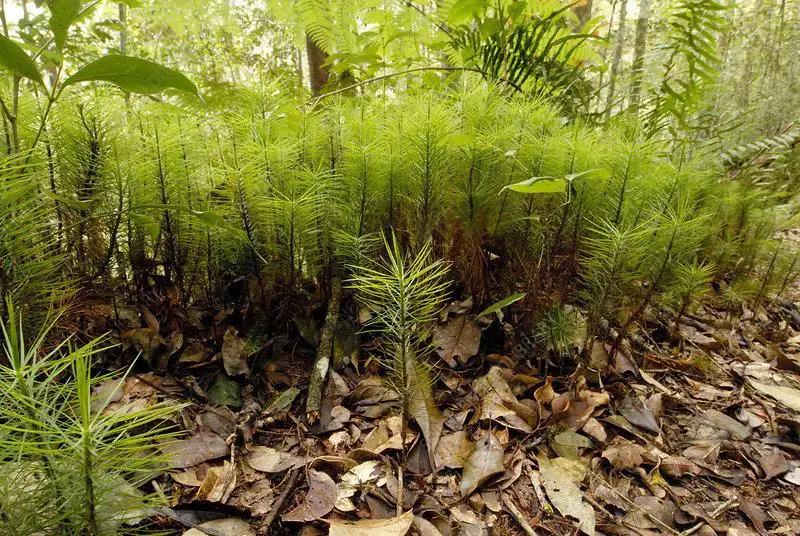
B4000139-Dawsonia_longifolia.jpg from: https://www.sciencephoto.com/media/16837/view